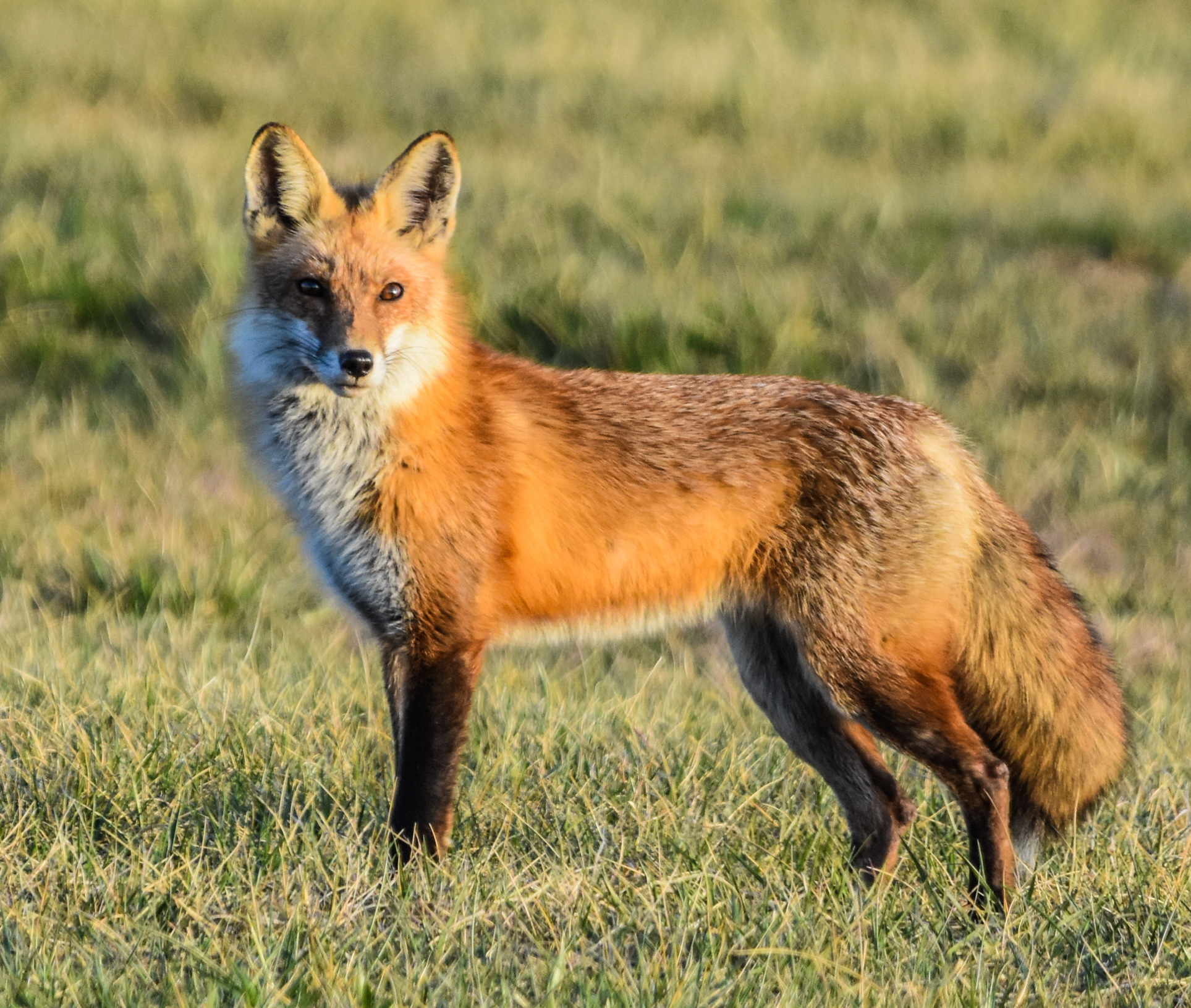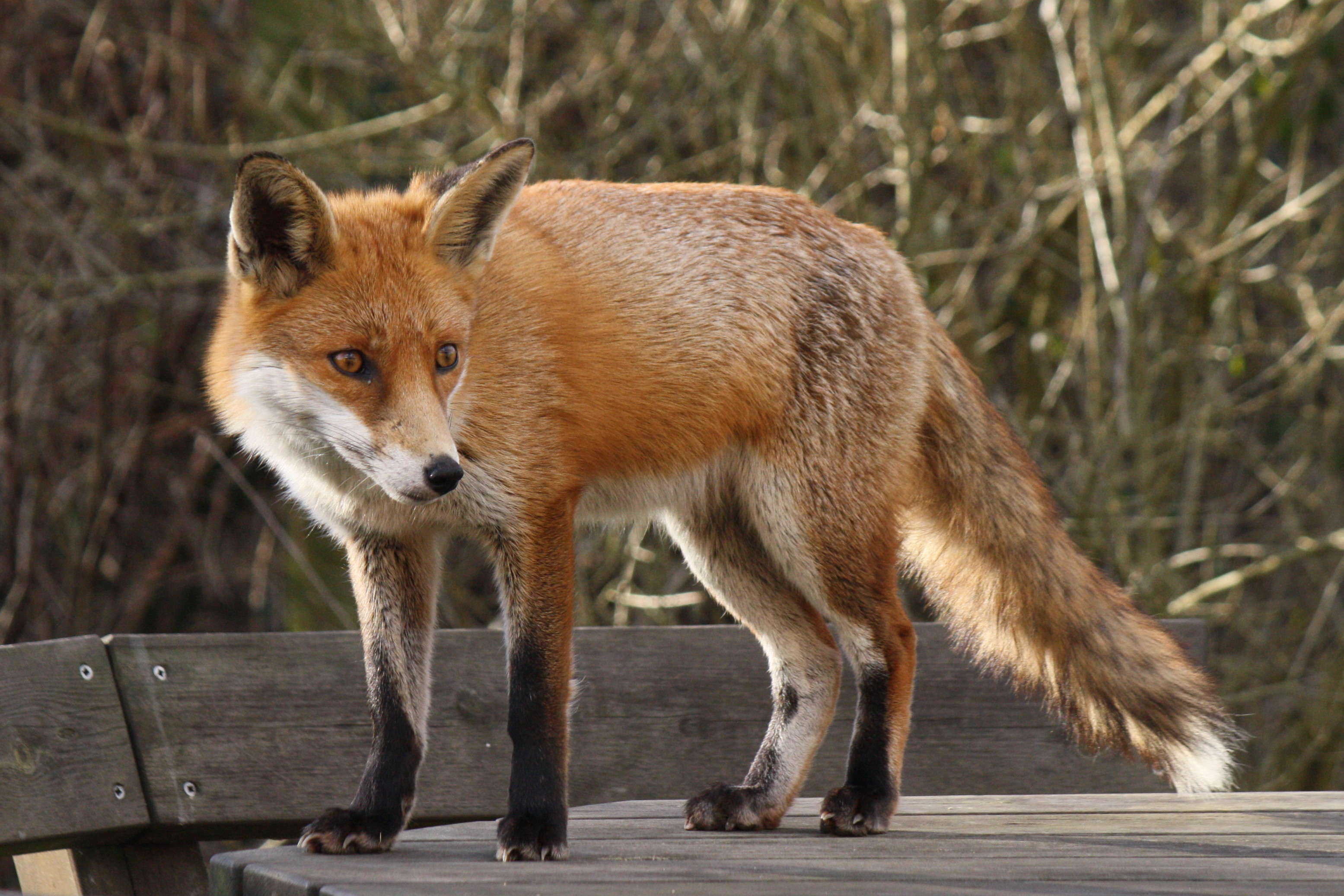Seeing a fox in the snow is, for many, a truly special sight. It is almost like a fleeting moment of pure wildness, a dash of warm color against a cold, white world. This particular image, the fox moving through a snowy landscape, captures something quite deep, something about survival and the quiet beauty of nature. People often feel a sense of wonder when they spot one, a connection to the wild heart of winter.
These creatures, so adaptable and clever, seem to belong in the crisp, cold air, their movements a dance across the fresh powder. You might wonder how they manage, how they find food, or what their lives are like when everything is covered in white. It is a question many folks have, a curiosity about how life persists even in the harshest conditions. We will explore what makes these moments so captivating, and what we can learn from these resilient animals.
There is something about the contrast, a flash of russet fur against the bright snow, that just draws you in. It really does make you stop and look, doesn't it? This article will share a bit about these amazing animals, how they handle the cold, and why they hold such a special place in our minds, especially when winter arrives. So, we will talk about their smart ways of living and what makes them such a sight to behold.
- Sheraton Grand Sacramento Hotel
- The Jennifer Hudson Show
- Hyatt Regency Aruba Resort Spa And Casino
- Park So Dam
- Who Is The President Of Canada
Table of Contents
- The Winter World of the Fox
- Life and Numbers in the Wild
- Capturing the Moment
- Frequently Asked Questions About Foxes in Snow
- A Final Thought on Winter Foxes
The Winter World of the Fox
When the snow falls, the world changes. For a fox, it means a different kind of challenge, but also a chance to show off its amazing skills. They seem to glide, almost, across the fresh snow, leaving delicate tracks behind. It is a quiet time, and the fox is a quiet hunter, perfectly suited for it.
Built for the Cold
Foxes have a way of dealing with the cold, a kind of natural design that keeps them warm. Their fur, for example, is very thick. It is almost like wearing a built-in winter coat, you know? This coat has two layers. There is a soft, dense layer close to their skin, which traps air. This trapped air acts like a blanket, holding in body heat. Then, there are longer, guard hairs on top. These hairs are a bit coarser. They help shed water and snow, keeping the undercoat dry. This design is really quite clever, actually.
Their tails, too, are very useful. A fox's tail is long and bushy. It is often called a "brush." When a fox sleeps in the snow, it curls up. It wraps its tail around its body. The tail covers its nose and paws. This helps keep these parts warm. It is a bit like a natural scarf and blanket all in one. Their paws also have special features. The pads are a bit rough. This helps them get a good grip on icy surfaces. Fur grows between their toes, too. This fur adds a little more insulation. It also helps them move more quietly. So, they are really quite prepared for winter.
Hunting in a White Landscape
Finding food when everything is covered in snow is a big task. Foxes, though, have some remarkable ways to do it. They have very good hearing, for one thing. They can hear small sounds, like mice moving under the snow. It is really quite incredible, how sharp their ears are. They listen for tiny rustles or squeaks. When they hear something, they stop. They tilt their heads, almost as if they are listening very carefully. Then, they pounce. This pounce is often a high leap. They jump up, then dive headfirst into the snow. It is a skill they learn early on, and it works very well.
Their sense of smell also plays a big part. They can sniff out prey even when it is buried deep. Small rodents, like voles and mice, are a big part of their diet, especially in winter. These little creatures often make tunnels under the snow. The fox can detect these tunnels. They might dig quickly with their paws to get to their meal. Sometimes, they will also eat birds or even some plant matter if other food is scarce. They are very opportunistic eaters, you know, they take what they can find. It is a tough life, but they are very good at it.
Life and Numbers in the Wild
Understanding foxes means looking at their lives, how they raise their young, and how their numbers change over time. It is a bit like looking at a community, really, seeing how it grows and changes. Foxes are a big part of many ecosystems, and their presence tells us a lot about the health of a place.
Fox Family Life
Foxes usually live alone for much of the year, but when it comes to raising young, they become very family-oriented. The breeding season often begins in winter. After a gestation period, the vixen, which is the female fox, gives birth to a litter of kits. These kits are born in a den. Dens can be old badger setts, hollow logs, or even burrows dug by the foxes themselves. The size of these litters can vary quite a bit, you know.
Based on observations from certain fox populations, the litter sizes of successful pregnancies often show a range. For example, you might see litters with 3, 4, 5, 6, 7, or even 8 kits. The frequency of these sizes can differ, but it shows they can have many young at once. Both parents help raise the kits. The male fox, called a dog fox, brings food to the vixen and the young. The kits stay in the den for several weeks. They are very vulnerable when they are small. As they grow, they start to explore outside the den. They learn to hunt from their parents. This family bond is very strong, at least until the young are ready to go out on their own, which is usually in the late summer or early autumn. It is a busy time for the fox family, that is for sure.
Population Trends and Growth
Fox populations can change a lot depending on many things, like how much food is available, how many predators there are, and what the weather is like. In some areas, fox numbers can grow quite steadily. For instance, a fox population in a certain region might have a relative growth rate of 4 percent per year. This means that, over time, the number of foxes in that area increases by a small percentage each year. It is a bit like a steady, slow climb in numbers.
To give an idea of what this means, it was estimated that the population in the year 2000 was around 19,200 foxes in a specific region. If you think about it, a 4 percent growth rate means that the population keeps adding more individuals each year, building on the previous year's total. This kind of information helps people who study wildlife understand how healthy a fox population is and what might be affecting it. It also helps in thinking about how many game objects need to move for either implementation, under most circumstances, the ship moving through. Anyway, these numbers are important for conservation efforts. They help us understand the health of the species. You can learn more about fox ecology on our site, which is quite interesting.
Capturing the Moment
For those who love to take pictures, seeing a fox in the snow is a dream. The contrast, the quietness, the way the light hits the fur—it all makes for an amazing photo opportunity. Getting a good picture, though, takes patience and a little bit of luck. You need to be quiet and still. Foxes are shy animals, after all. They have very good senses. Moving slowly is key. You want to avoid startling them. This helps you get a natural shot. It is really about being respectful of their space.
The best light for photos is often early morning or late afternoon. The light is softer then. It casts long shadows. This can add a lot of feeling to your pictures. Fresh snow also helps. It makes the background clean and bright. You might want to use a long lens for your camera. This lets you stay far away from the fox. It also helps you get a close-up shot without disturbing the animal. Remember, the goal is to capture the beauty without interfering. It is a rewarding experience, just seeing them, let alone getting a great picture. You can find more tips on wildlife photography from reliable sources.
Frequently Asked Questions About Foxes in Snow
How do foxes survive in winter?
Foxes survive winter thanks to their thick fur, which keeps them warm. They also have a good layer of fat built up from eating well in warmer months. They are very skilled at finding food, even when it is buried under snow. Their sharp hearing helps them locate small animals moving beneath the surface. They also use their bushy tails to keep warm when they rest.
What do foxes eat when it snows?
When snow covers the ground, foxes primarily hunt small rodents like mice and voles. They listen very carefully for sounds under the snow, then pounce to catch their prey. They might also eat birds, rabbits, or even some berries and fruits if they can find them. They are quite adaptable in their diet, eating whatever is available.
Where can I see a fox in the snow?
Foxes live in many different places, from rural areas to sometimes even urban settings. To see a fox in the snow, you might look in quiet parks, open fields, or woodland edges, especially at dawn or dusk. Staying patient and quiet is key. Look for their tracks in fresh snow; these can lead you to where they might be. You might also find them near areas where small prey animals are common. This page has more information about local wildlife.
A Final Thought on Winter Foxes
The image of a fox in the snow truly does hold a special kind of magic. It reminds us that life goes on, even when the world feels cold and still. These animals, with their clever ways and quiet strength, teach us a bit about resilience. They move through their world with such grace, a flash of color against the white. It is a moment to appreciate, a small piece of wild beauty in our often busy lives. So, the next time winter comes, keep an eye out. You might just spot one, and it is a sight you will not soon forget.
Related Resources:



Detail Author:
- Name : Pete Streich I
- Username : monte.rath
- Email : dock.dare@yahoo.com
- Birthdate : 1997-05-15
- Address : 4188 Bosco Springs Evangelineport, MA 91938
- Phone : (248) 747-4383
- Company : Gleason, Schoen and Anderson
- Job : City
- Bio : Vero autem sunt aspernatur nostrum consequatur enim. Praesentium laboriosam at deserunt sed suscipit enim. Culpa distinctio similique omnis ex totam voluptatem.
Socials
facebook:
- url : https://facebook.com/elizabeth139
- username : elizabeth139
- bio : Delectus pariatur minima voluptatem nulla debitis consequatur qui.
- followers : 4902
- following : 606
tiktok:
- url : https://tiktok.com/@osinski1975
- username : osinski1975
- bio : Architecto qui necessitatibus recusandae qui. Ut aut explicabo et.
- followers : 2071
- following : 815
linkedin:
- url : https://linkedin.com/in/eosinski
- username : eosinski
- bio : Delectus eligendi sunt dolores officiis.
- followers : 1500
- following : 2313